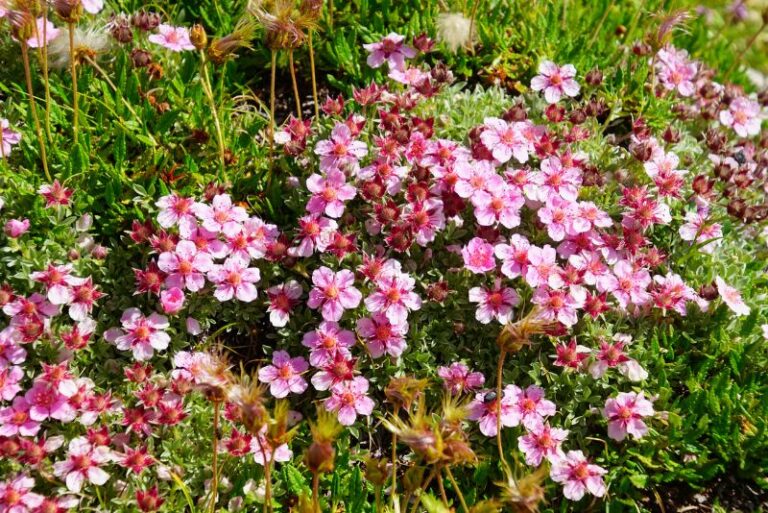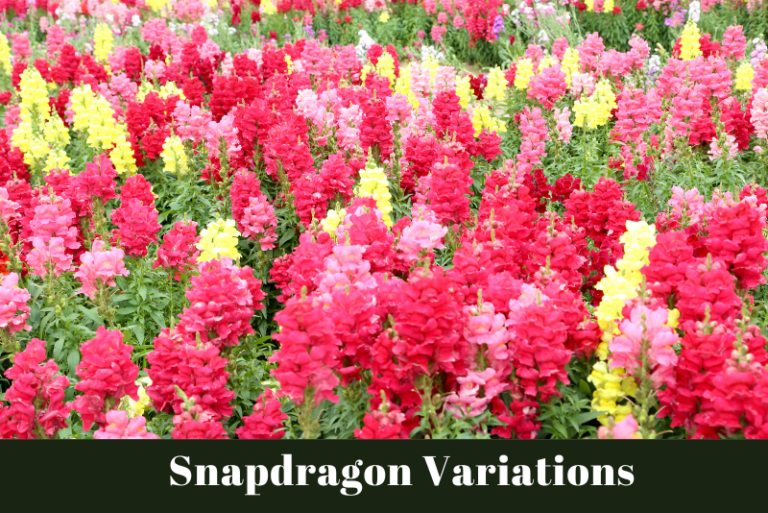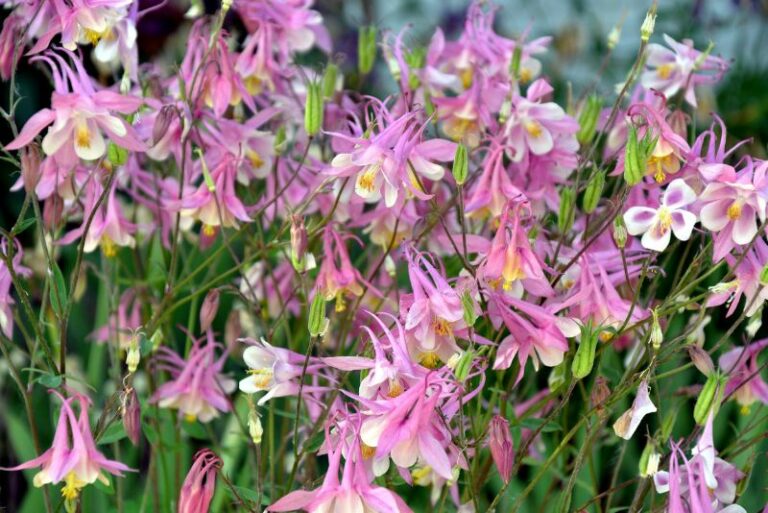How to Deadhead Blooming Plants in the Garden: A Green Thumb’s Guide
Transforming your garden into a blooming haven requires more than just the joy of planting. Deadheading, a simple yet significant gardening trick, not only enhances the beauty of your plants but also plays a vital role in their overall health and vigor. In this comprehensive guide, we’ll dive into the art and science of deadheading, equipping you with all the knowledge you need to keep your garden flowering exquisitely.
Embracing Deadheading: The Act and Its Aesthetics

Understanding Deadheading
Deadheading is the practice of removing fading or dead flowers from plants. This seemingly mundane task is a powerful tool in your gardening arsenal. By strategically snipping or pinching away wilting blooms, you signal to the plant to redirect its energy into producing new flowers rather than developing seeds.
Why it Matters
The process not only maintains a tidy, vibrant appearance but also encourages robust, continuous blooming, giving a cumulative sunny disposition to your garden throughout its growing season. With deadheading, you orchestrate a perpetual floral display, much like tuning an instrument in an ongoing symphony of colors and scents.
Also Read: “How and When to Deadhead Hollyhocks: A Gardener’s Guide”
The Benefits of a Regular Deadheading Routine

Promoting New Growth and Health
Regular deadheading prompts the plant to produce more flowers, which lift the spirits of any garden space. But the benefits go beyond aesthetics. By preventing the plant from channeling energy into seed production, you’re actually contributing to its longevity and overall health. This redirection of nutrients encourages the growth of fuller, bushier plants, strengthens stems, and can even deter disease by reducing the hidden places where pathogens can linger.
Fostering a Continual Floral Delight
When a spent flower is removed, it stimulates the plant to bloom again. This practice encourages plants to generate further flower buds, extending the flowering season and ensuring a steady supply of vibrant blooms.
Nurturing a Disease-Resistant Landscape
Allowing spent flowers to linger poses a health risk to the plant. The developing seeds not only sap the plant’s energy but can also attract unwanted pests and diseases. Deadheading ensures that your garden remains disease-free and thriving.
Also Read: The Importance of Deadheading Fuchsias
Techniques for Effective Deadheading

The Pinching Method
Ideal for plants with soft or pliable stems, pinching is a gentle way to remove a dead blossom without the need for tools. Use your thumb and forefinger to pinch behind the flower and right above the next set of healthy leaves.
The Cutting Technique
For more stubborn blooms or when a clean cut is paramount, opt for the cutting method. It requires a good pair of pruning shears or scissors. Cut the stem just above a lateral bud or a healthy leaf to promote new growth.
The Snapping Approach
A quick hand snap can be an effective way to remove certain flowers, especially on plants like snapdragons, where a simple pinch might not be enough. Grasp the stem near the base of the flower and bend it quickly to snap off the spent bloom.
When Timing is Everything: Knowing When to Deadhead
Signs Your Plant Needs Deadheading
It’s important to recognize the cues your plants give you. Wilted, brown, or fading flowers are a sure sign that it’s time to deadhead. As the petals drop and the flower head starts to form seeds, you want to step in and intervene.
Plant-Specific Deadheading Schedules
Different species have different optimal times for deadheading. Early bloomers may benefit from immediate removal of spent blossoms, while mid-season bloomers may need a bit more flexibility, depending on the amount of sun and rain they receive. Late-season bloomers often require immediate deadheading in order to ensure they have enough time to produce new buds before the first frost.
Avoiding Common Deadheading Pitfalls
The Perils of Over-Deadheading
While deadheading is crucial, overdoing it can be detrimental. Always keep in mind that foliage is just as essential as flowers. Plants need their leaves to photosynthesize and produce food. Avoid stripping plants of too many leaves in your efforts to remove spent blooms.
Not Cutting at the Right Spot
Precision is key. Cutting too low can damage the stem and invite disease, while cutting too high may leave behind an unsightly partial stem. Always aim to make a clean cut just above a leaf node or bud to ensure proper healing and future growth.
Keeping the Cycle of Bloom Alive
For each flower you lovingly deadhead, you set the stage for two more to take its place, perpetuating the cycle of growth and bloom. With patience, precision, and a pinch of passion, you’ll find that deadheading is not only an essential task but a rhythmic dance with nature that results in a garden that blossoms with life and beauty.
Remember, a well-maintained garden is like a living canvas that reflects the dedication of its caretaker. By mastering the art of deadheading, you become the curator of a space that is not only alive with color but also thriving with health. With this knowledge in hand, it’s time to step into your garden and let your green thumb leave a lasting, beautiful mark on the world outside your door.






